 On Sunday, February 18th, anti-ship ballistic missiles, launched by Houthi rebels from Yemen, struck the MV Rubymar, a 32,211 DWT, Belize-flagged, UK-owned, and Lebanese-operated bulk carrier in the Gulf of Aden near the Bab al-Mandab Strait. The attack caused sufficient damage that the crew was forced to abandon the ship.
On Sunday, February 18th, anti-ship ballistic missiles, launched by Houthi rebels from Yemen, struck the MV Rubymar, a 32,211 DWT, Belize-flagged, UK-owned, and Lebanese-operated bulk carrier in the Gulf of Aden near the Bab al-Mandab Strait. The attack caused sufficient damage that the crew was forced to abandon the ship.
Today, Yemen’s internationally recognized government said that the ship had sunk in the Red Sea on Friday night. They warned that the ship’s cargo of fertilizer could pose an “environmental catastrophe” to the waterway.
The MV Rubymar is the first vessel lost since the Houthis began targeting commercial shipping in November, forcing shipping firms to divert vessels to the longer, more expensive route around southern Africa.

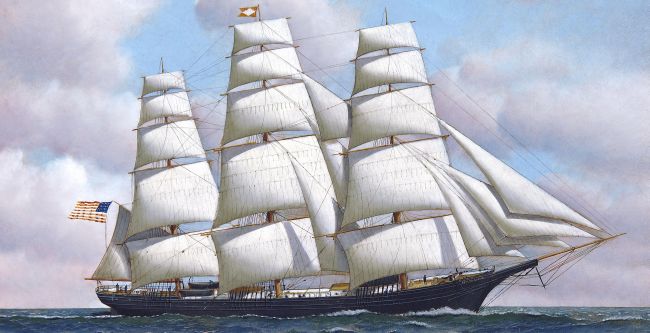 On the first day of Women’s History Month, it is worth remembering
On the first day of Women’s History Month, it is worth remembering 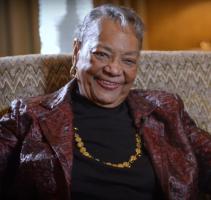 Today, the 29th of February, is Leap Day, which seems to be a perfect opportunity to celebrate both February’s Black History Month and March’s Women’s History Month. As such, it is a good time to honor the memory of
Today, the 29th of February, is Leap Day, which seems to be a perfect opportunity to celebrate both February’s Black History Month and March’s Women’s History Month. As such, it is a good time to honor the memory of 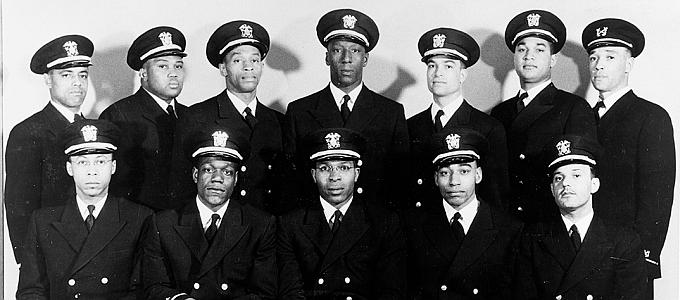

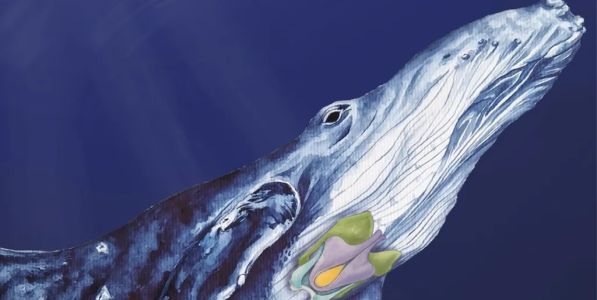
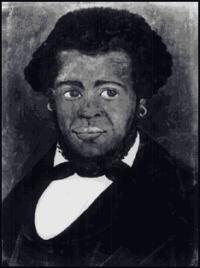

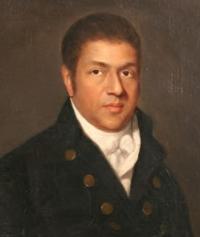 During Black History Month, it is worthwhile to remember early African-American shipmasters. Who was the first? That is hard to say.
During Black History Month, it is worthwhile to remember early African-American shipmasters. Who was the first? That is hard to say. 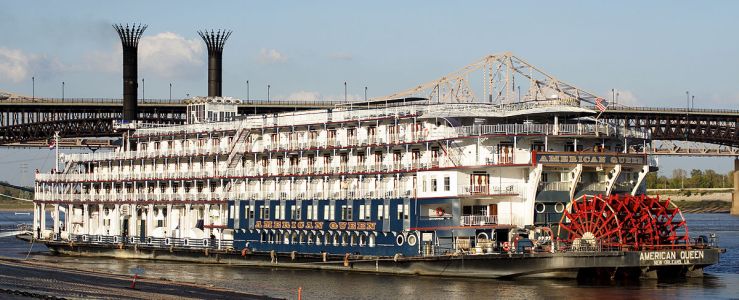 The
The 
 On Sunday evening, anti-ship ballistic missiles, launched by Houthi rebels from Yemen, struck the
On Sunday evening, anti-ship ballistic missiles, launched by Houthi rebels from Yemen, struck the 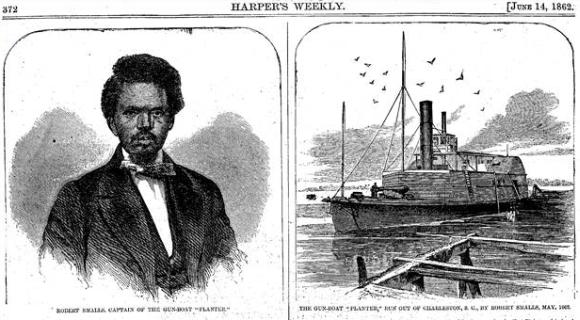 Here is a story well worth retelling; an updated repost in honor of Black History Month; the remarkable story of Robert Smalls.
Here is a story well worth retelling; an updated repost in honor of Black History Month; the remarkable story of Robert Smalls.

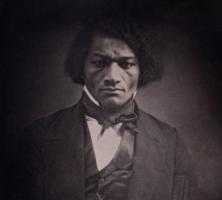 Happy Valentine’s Day! In honor of both the day and Black History Month, here is an updated repost about
Happy Valentine’s Day! In honor of both the day and Black History Month, here is an updated repost about 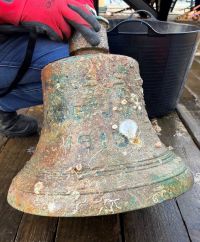 In August 2022,
In August 2022, 
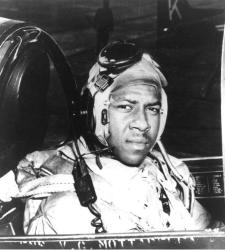 In honor of Black History Month, an updated repost about the first African-American pilot in the US Navy,
In honor of Black History Month, an updated repost about the first African-American pilot in the US Navy, 